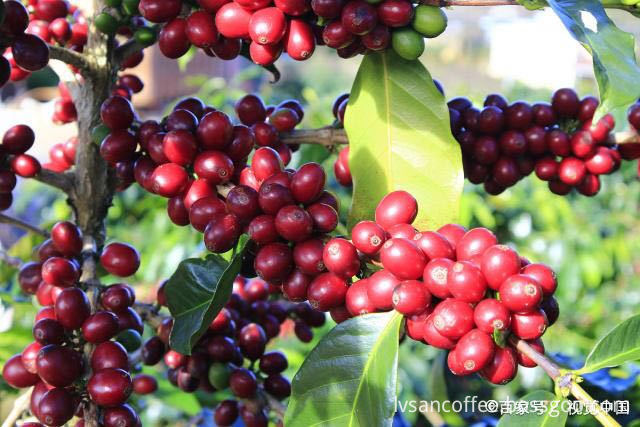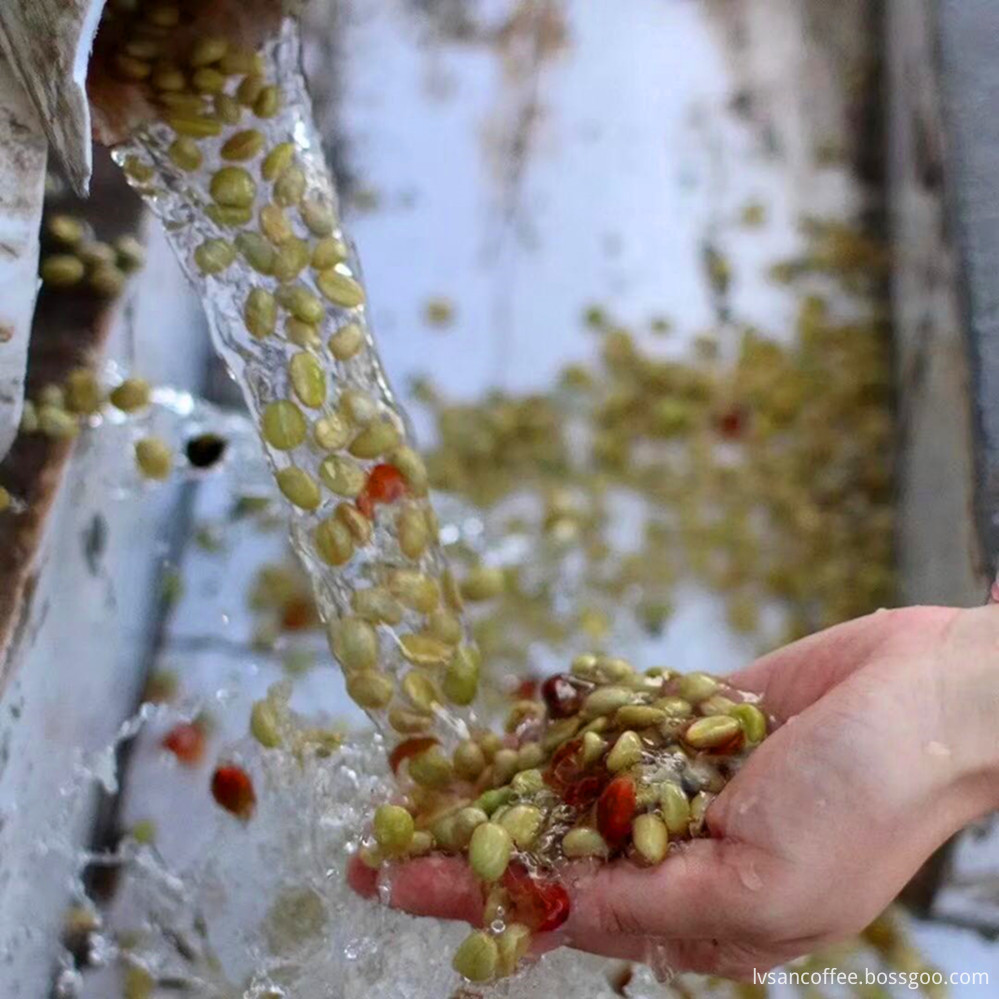In the hot and humid summer, farmers harvested fresh green feed for their pigs. However, it was a challenge to feed them efficiently due to the high moisture content and poor preservation. One effective solution is to ferment the green grass and other plant-based feeds. This method not only enhances the flavor and nutritional value of the feed but also helps in preserving its nutrients for a longer period. Additionally, fermentation can kill parasite eggs, reducing the risk of infections in pigs. The process is simple, cost-effective, and widely used by small-scale farmers.
**Lettuce and Water Fermentation**
Collect wild greens, weeds, leaves, and
Vegetables. Wash them thoroughly and chop them into small pieces. Layer them tightly in a container, filling it up to 80%. Cover with straw and place heavy stones on top. After a few days, the feed will sink. Then, fill the container with water so that the feed is completely submerged. Let it sit for one more day. The fermented feed will develop a pleasant, slightly sour smell, indicating it’s ready for use.
**Raw and Cooked Mixed Fermentation**
After chopping the collected green feed, set aside one-third of it to boil and hydrate. The remaining two-thirds should be layered into a tank, pressing each layer down firmly. Once the feed is compacted and sinks, add water to cover it. After three to four days, the feed will be fully fermented and ready to feed to pigs.
**Bran Mixed Fermentation**
Clean the chopped green feed and mix it with bran in a ratio of 10:1. Start by placing a 13–17 cm thick layer of green feed in the tank, followed by a 3–7 cm layer of bran. Repeat this process, compacting each layer as you go. When the tank is about 80% full, cover the top with a stone and add water until it covers the feed by 7–10 cm. Alternatively, mix the green feed with bran and press them together in layers for better fermentation. Bran contains natural sugars that speed up the fermentation process. After five or six days, the feed is ready to be given to pigs.
Regardless of the method used, it’s best to combine different types of green feed to ensure a balanced diet. Proper compaction is essential to create an anaerobic environment, which supports healthy fermentation. Make sure the water level doesn’t exceed 3–7 cm above the feed. In extremely hot weather, store the containers in a cool area to prevent excessive acidity. If the feed becomes too acidic, rinse it with water to reduce the acid level. However, avoid feeding fermented feed to pregnant pigs, as it may cause miscarriage.
Robusta Coffee Beans
Robusta Green Coffee Beans
flavor: Moderate taste, good balance;
Variety: Robusta(Viet Nam/Myanmar;
processing method: washing;
water content: less than 12%;
packaging: 60kg / bag
SIZE:13#(B 5%)
18#(B 3%)

In 1892, French missionary father Tian Daneng preached in Dali, Yunnan Province, China. In order to drink coffee, he taught local villagers to grow and drink coffee. Up to now, coffee has been planted in Yunnan Province of China for more than 100 years, with an area of 120000 mu. Most of the varieties planted in Yunnan are ccatimor, with an altitude of 1000-1500m, The coffee produced in Yunnan has a balanced taste, rich nut and citrus flavor, some of which are very sweet, with obvious taste of chocolate, toffee and maple sugar. It is one of the high-quality coffee producing areas. Our coffee is produced at the junction of Puer and Burma - the Myitkyina original jungle beans at 1500-1750, with a rich flavor, high aroma and high sweetness. The 2019 international coffee cup Masters Tournament (China finals) is sponsored by beans.

Strong Coffee Beans,100 Robusta Coffee Beans,Premium Green Coffee Price,Roasted Robusta Coffee Beans
Yunnan New Biology Culture Co,.Ltd , https://www.lvsancoffee.com

